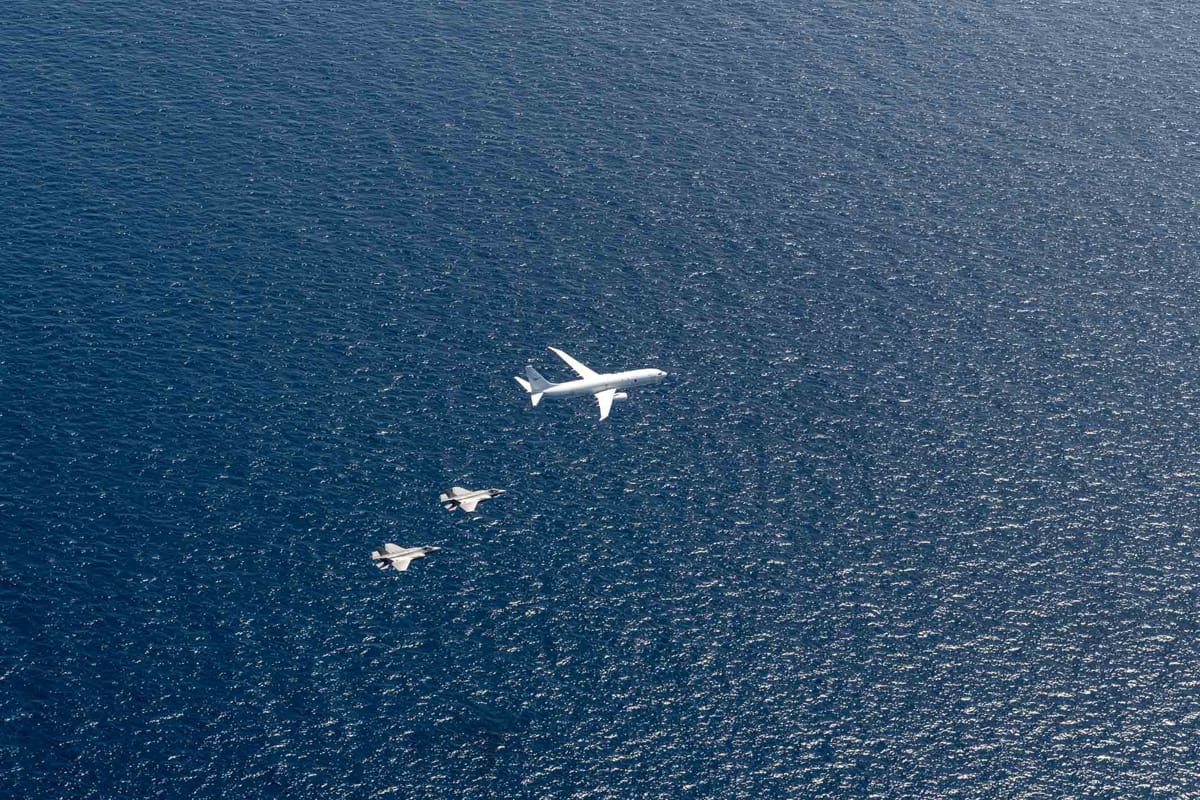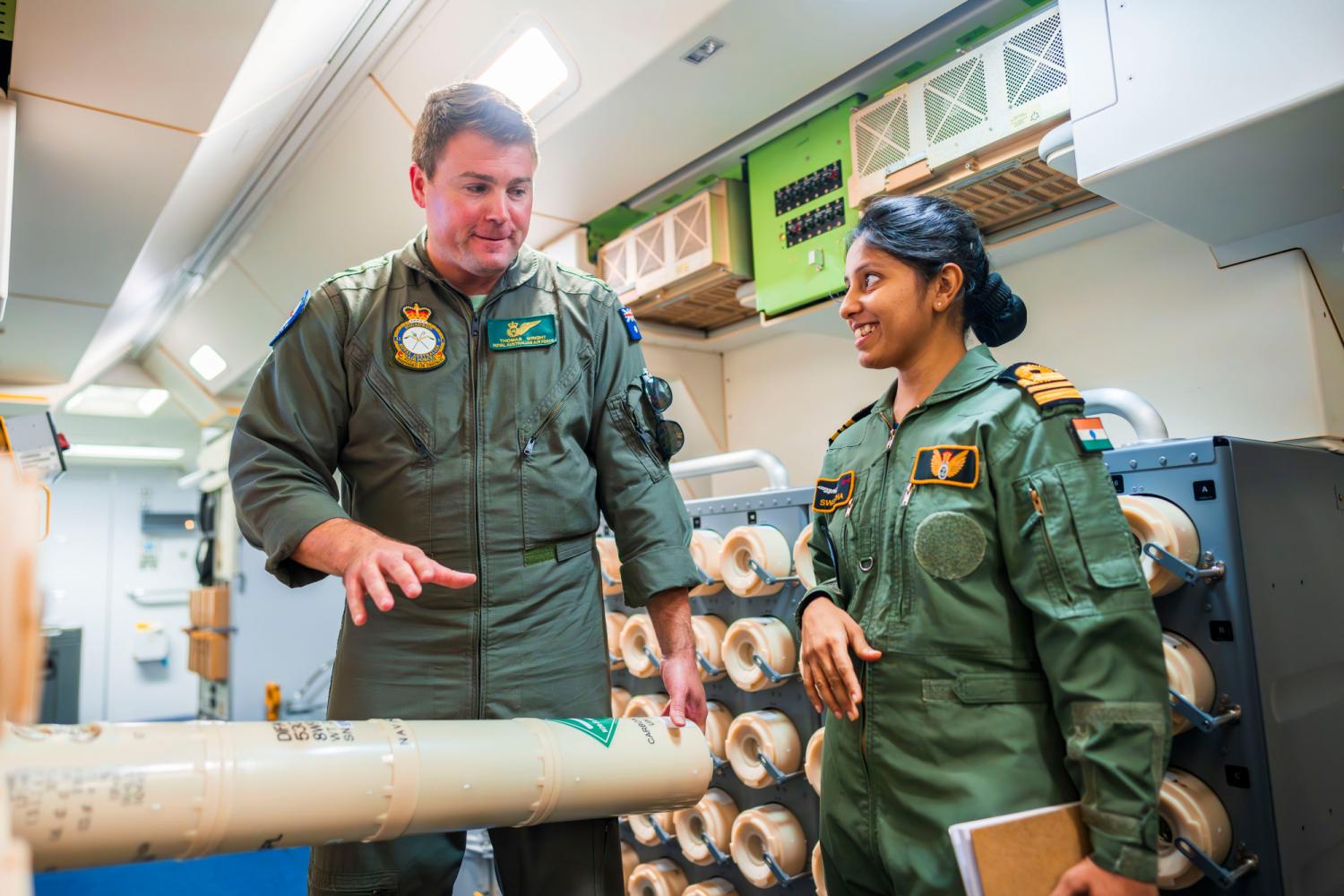On 22 March, an RAAF P-8A Poseidon maritime patrol aircraft arrived on the French island of Réunion for the first time to take part in activities with the French Armed Forces. Reunion is a key western Indian Ocean maritime hub and the visit provided the opportunity for the two countries to focus on regional maritime security cooperation and surveillance.
The visit also had less tangible benefits – it helped to solidify a previously strained relationship with Paris in a part of the Indian Ocean where Australia otherwise has little defence and diplomatic capacity to raise its profile and work with smaller littoral and island states.
The benefits of “defence diplomacy” are not always well understood and can be difficult to measure, although it is broadly conceived as the peaceful use of defence resources to pursue foreign and strategic policy objectives. Many countries in the Indo-Pacific use defence diplomacy as a tool of statecraft, although its ability to achieve comprehensive strategic outcomes are contested.
Australia has recently promoted the use of maritime defence diplomacy. The annual Indo-Pacific Endeavour exercises, for instance, has been successful but demanding on the ADF and in particular the Navy, in terms of assets and manpower.
Australia’s recent surface fleet review calls for a larger and more lethal fleet of warships. Yet despite the planned growth of the fleet, the number of ships in the Royal Australian Navy will actually decline until the early 2030s, which means Australia will need to identify other ways to continue the naval diplomacy undertaken by surface combatants.
For Australia’s partners in the Pacific, Southeast Asia and the Indian Ocean, maritime security cooperation and maritime domain awareness remains a paramount concern. This raises the question: how can Australia continue to build its maritime diplomacy outreach while it undertakes an enormous rebuild of its naval capacity?
Since late last decade, the RAAF has been conducting an ever-increasing number of maritime patrol aircraft operations and exercises with its fleet of Boeing P-8A Poseidon maritime patrol aircraft. There is an opportunity to broaden maritime diplomacy using these aircraft at a time when the Navy is under increasing operational strain.

The P-8A is a multi-mission maritime patrol aircraft operated by 11 and 292 Squadrons out of RAAF Base Edinburgh in South Australia. The RAAF received its first P-8A in late 2016 and has now commissioned twelve with plans to acquire a further two. Australia recently announced the RAAF fleet of P-8As will be upgraded from 2026 to enhance anti-submarine warfare, strike and intelligence capabilities.
RAAF Poseidons are composed of a flight crew of two, a mission crew of seven, and a modest ground support crew, so the aircraft is not personnel intensive. The Australian fleet has the capacity to expand its maritime diplomacy missions to coincide with ongoing operations and exercises or as stand-alone visits. This can help to raise awareness of Australia’s regional presence in delivering public goods such as maritime security cooperation and maritime domain awareness.
Over the past few years, Australia’s P-8A aircraft have undertaken numerous exercises, missions and visits to Northeast and Southeast Asia, Western Pacific, Indian Ocean and even Europe, laying a solid foundation on which to build an expanded regime of maritime diplomacy outreach.
A P-8A participated in annual bilateral maritime patrol training with the Indonesian Air Force at Exercise Albatross Ausindo 2021 held over water north-west of the Northern Territory. Since 2021, a P-8A Poseidon has been flying maritime surveillance missions out of Singapore with flight tracking suggesting a focus on the South China Sea. In the Indian Ocean in late 2022, an Australian P-8A Poseidon completed a training mission in a first-ever visit to the Maldives. The Philippines began a joint activity with Australia in late 2023 involving Filipino navy vessels and surveillance aircraft and an Australian warship and P-8A.
In what could be a blueprint for combining operations with diplomacy, a P-8A visited Brunei for Exercise Penguin in 2020 and revisited Bandar Seri Begawan in October 2023 to take Crown Prince Haji Al-Muhtadee Billah for a flight around Brunei’s EEZ, which made the front page of the Borneo Bulletin newspaper.
There is an obvious opportunity for the RAAF to play an increased role in Australia’s maritime defence diplomacy and help the RAN deliver crucial public goods, and scope for Australia to step up maritime-based defence diplomacy throughout the region.

